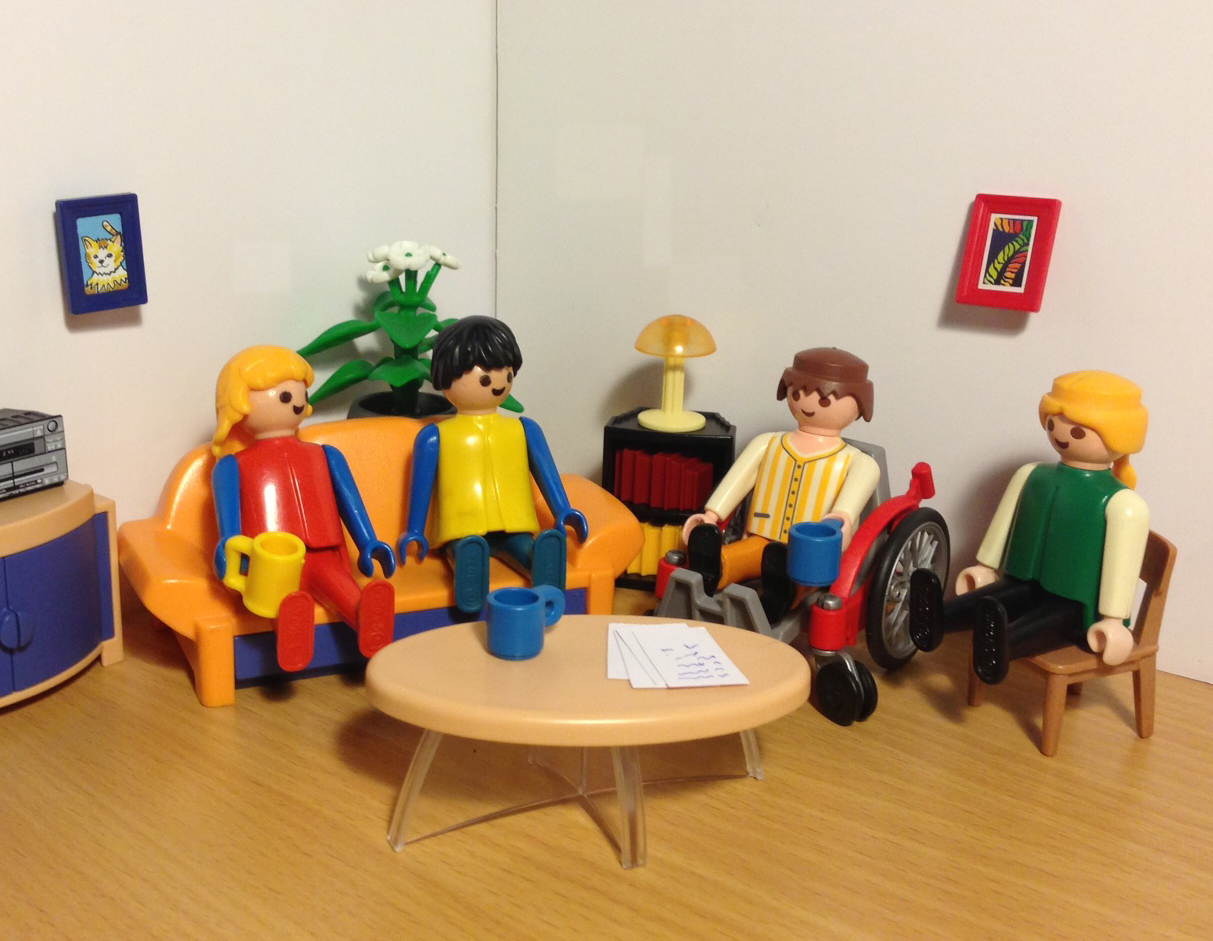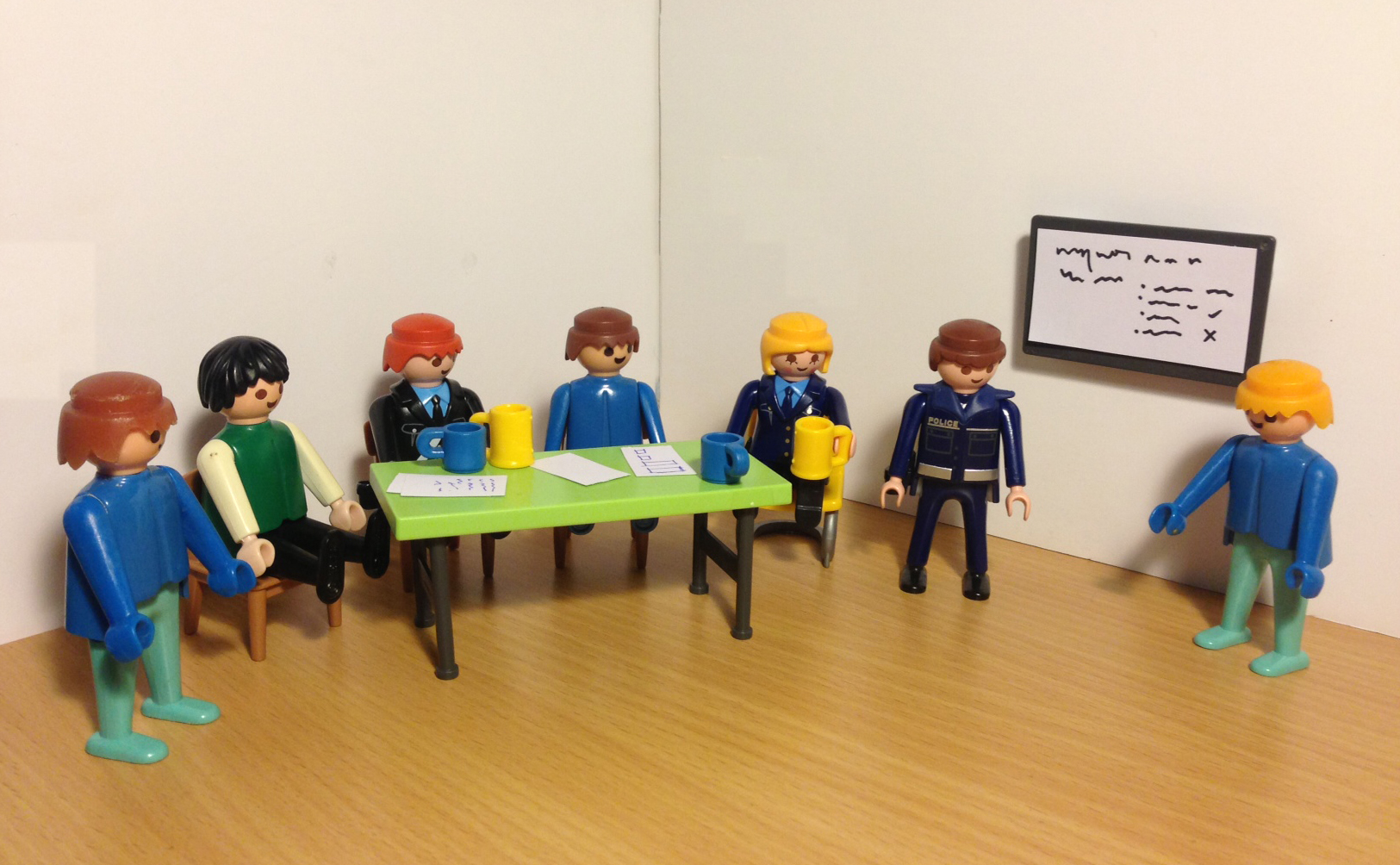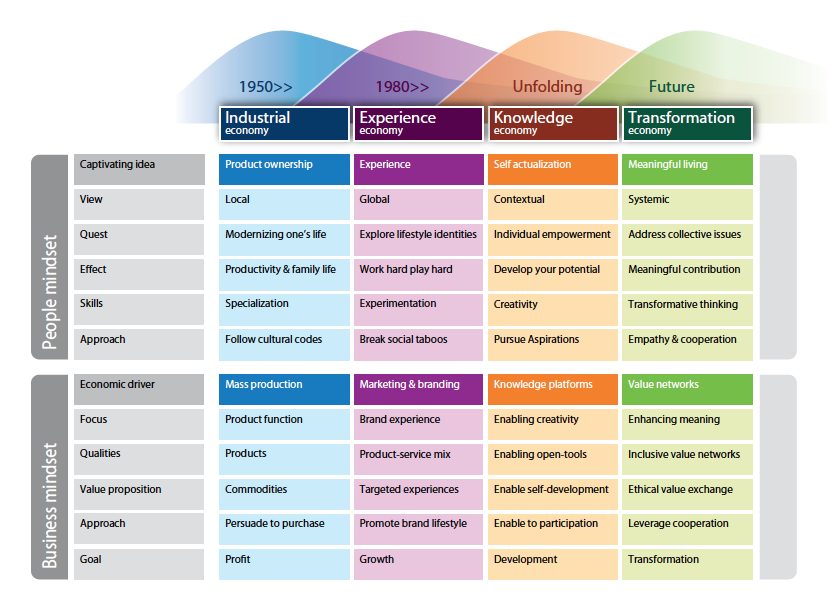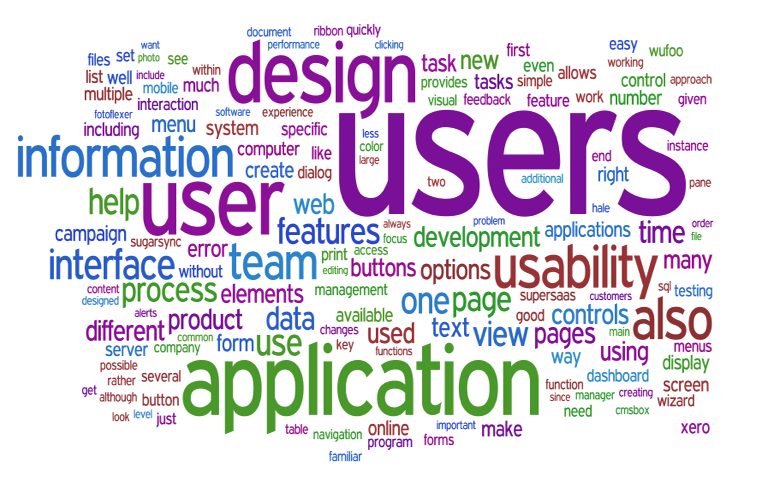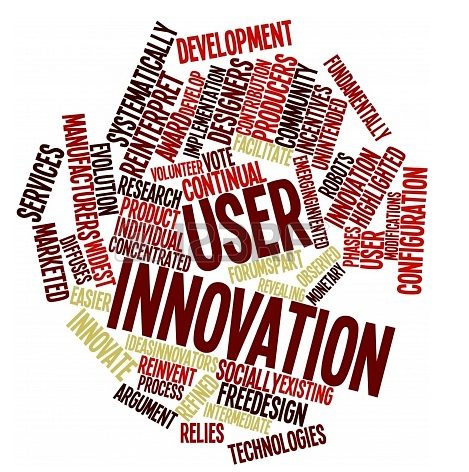 First of all, what is a social service lab? A Lab is a fancy name used to describe a method of innovating and improving services using a day-long experiment. The experiment is conducted in a ‘lab’ that is created to imitate natural surroundings, or even better – the lab is held in natural surroundings. Labs allow people to create highly personalised experiences that transform the users from being observed subjects for testing, into valued creators in the co-creation and exploration of emerging ideas.
First of all, what is a social service lab? A Lab is a fancy name used to describe a method of innovating and improving services using a day-long experiment. The experiment is conducted in a ‘lab’ that is created to imitate natural surroundings, or even better – the lab is held in natural surroundings. Labs allow people to create highly personalised experiences that transform the users from being observed subjects for testing, into valued creators in the co-creation and exploration of emerging ideas.
Labs can be called different things depending upon the aim and outcome of the method, for instance: Experience Labs, Customer Experience Labs, Information Experience Labs, Insight Labs, Social Labs, Living Labs, Innovation Labs. However, each type of Lab requires an approach that is user-centered, creative, flexible and conducted in a way that is powerful and safe enough to offer an opportunity for radical innovation.
“Labs can be applied to diverse application domains such as lifestyle, healthcare, retail and hospitality”.
In the past this has been used to help business leaders to transform the way customers experience their products, services and brands through the use of mobile, social, cloud and advanced analytics technologies and to move away from transactional experience to deliver innovative solutions. Labs have been used previously by public and private sector service organisations to improve and innovate service provision. For example, they have been used by Philips to test product or technology innovations. They have also been used in NHS Grampian, Highland and Islands Enterprise (HIE) and Lab for Living as a means for testing healthcare innovations and by Deep Sight and Glasgow School of Art for testing design innovations.
This project is exploring the application of Labs in the social services sector in Scotland, with particular focus on what a lab might look like, how it might operate and what outcomes it could offer people in this sector.
We asked practitioners to pitch ideas to be tested within a lab environment and after careful deliberation we are now working with Day Care Centers in South Lanarkshire who are moving to an outcomes focused self directed support provision model, and with Positive Prison Positive Futures and Her Majesty’s Perth Prison who are developing mentoring training with prisioners and prison staff.
Testing how day care center staff will work using an outcomes focused approach with individuals when detailing a persons support plan
Day care centres in South Lanarkshire are moving from a programme driven service delivery model to outcome-focused arrangements. The current model of support is traditional where services are designed and delivered around physical service resources and groupwork programmes. Through this model, day care staff are used to working as service providers, enabling people to access activities, or developing a programme of activities that people may be interested in. However, a move towards outcomes focussed support means that day care staff will need to change the way in which they work, supporting individuals to create a detailed plan that identifies the most appropriate way to have their needs met and their outcomes realised.
There are numerous changes involved in this new way of working for day care centre staff. Changes at a conceptual level about service provision, staff roles moving from a provider to a facilitator, practically introducing new conversational approaches, having increased responsibility, and utilising existing and new knowledge in different ways. This change may evoke concerns, uncertainty and a feeling of being overwhelmed for day care centre staff, people who use services and carers. For this reason this Lab will create a safe space where staff can test how they will work using an outcomes focused approach with individuals and their carers when designing a personal support plan.
Establishing and testing a Code of Conduct for prisoners and prison officers to work together as colleagues to provide peer mentoring support
Positive Prisons Positive Futures (PPPF) aim to reduce offending in Scotland. They seek to do this through a number of processes, one of which is through the introduction of peer mentoring in Scottish prisons. Currently prisoners are provided with ‘listener schemes’ and ‘peer tutor’ support whilst in prison. However, they are provided with little support to help them plan for their release through development in cognitive life-skills such as assertiveness, self-esteem, communication and so on. Furthermore, prisoners are not currently supported to become peer-mentors for other prisoners within this environment.
PPPF are currently working with HM Perth Prison to provide peer-mentoring training that will enable prisoners and prison officers to work together as colleagues to provide in-house, mentoring support. IRISS will be working with PPPF and HM Perth Prison to develop an innovative approach in which prisoners and prison officers can co-produce a suitable code of conduct that will inform and guide how they provide peer mentoring. This will clearly establish the boundaries, roles and responsibilities of all those involved in the peer-mentoring . During this process prisoners serving short (<4yrs) and long-term (>4yrs) sentences at HM Perth Prison and prison officers will be invited to participate in two co-design sessions in which they will have opportunity to develop a clear code of conduct for working together in the capacity of peer-mentors. This will be the first time that prisoners and prison officers will be working alongside one another as colleagues with an equal voice.
The Lab will then provide a safe space for these groups to test this code of conduct in practice through a series of scenarios developed by PPPF and IRISS. Through this process we will also be able to test how prisoners and prison officers can become confident in working together in future. It is planned that, off the back of the Lab process with IRISS, PPPF will then take this approach and apply it more widely in the context of other Scottish prisons.
